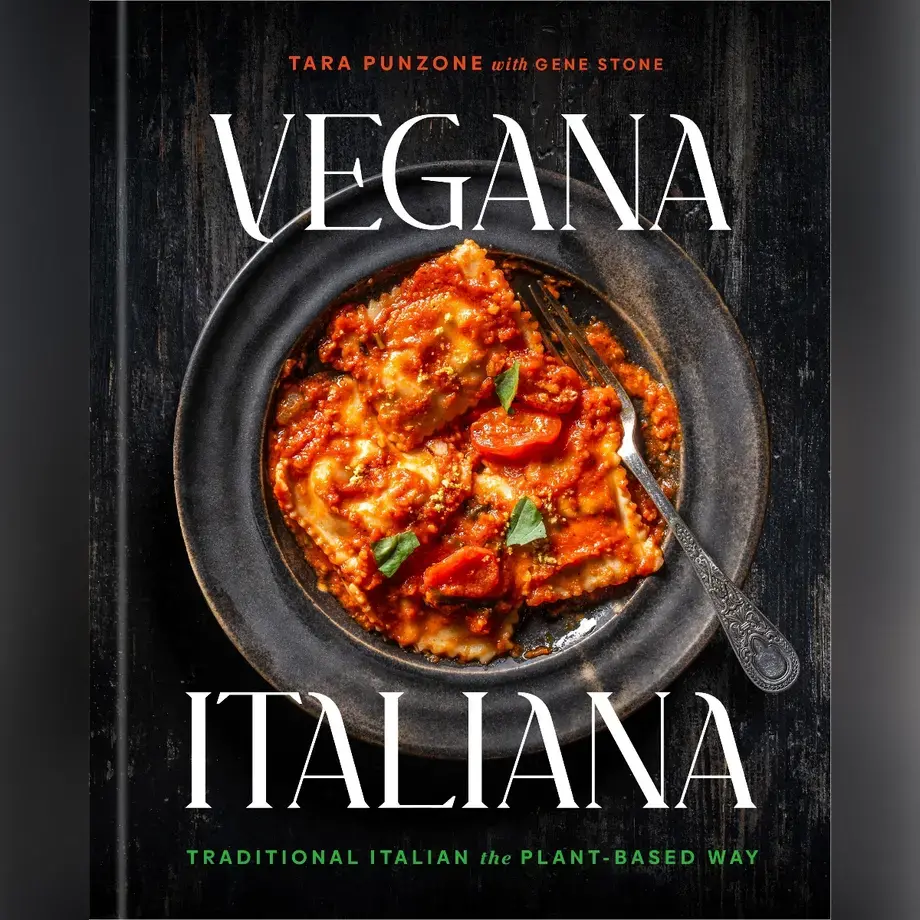There are numerous types of pastries creams that you can experiment with. Here are the 10 most popular ones.
- Channel Island extra thick double cream
- Chantilly cream
- Clotted cream
- Crème fraîche
- Double cream
- Extra thick single cream
- Flavoured creams
- Goat’s milk double cream
- Half-and-half (Also called Coffee Cream)
- Heavy cream or heavy whipping cream
Channel Island extra thick double cream
The United Kingdom is known for its dairy products, with an abundance of cows and verdant pastures resulting in rich milk and creams. This cream comes especially from Jersey and Guernsey cows (originating from the British Channel Islands) and has an exceptionally high fat content at 48%. It is thick and spoonable, perfect for adding onto finished desserts.
Chantilly cream
This cream is commonly known as whipped cream - that’s just cream that has air whipped into it until the texture is light and airy. Chantilly cream is widely used to top ice creams, cakes, puddings, fruit, and much more. It is a versatile and multi-use cream, and easy to make. Just make sure your cream is kept cold, as the heat will make it melt. Chantilly is often flavoured with vanilla and is often the base of many other pastry creams. It pairs exceptionally well with strawberries, and is an easy alternative for topping cakes, replacing traditional fondant icing.
Clotted cream
Another British speciality with a Protected Designation of Origin certification by the EU, clotted cream is a decadent, yellow-ish cream and perhaps the thickest around. Originally from the southwest of England (either Devon and Cornwall, depending on who you ask), clotted cream is made by gently heating unpasteurised milk in a water bath for many hours, then is left to cool. The thick cream with a golden crust “clots” at the top, and is skimmed off and served. With a dense texture similar to softened butter or very creamy soft cheese, clotted cream has 55-60% butterfat and is generally used as is, traditionally put on top of scones, served alongside desserts and puddings, or accompanying berries. As it does separate when heated, it’s best to use it cold from the fridge or just let it come up to room temperature.











